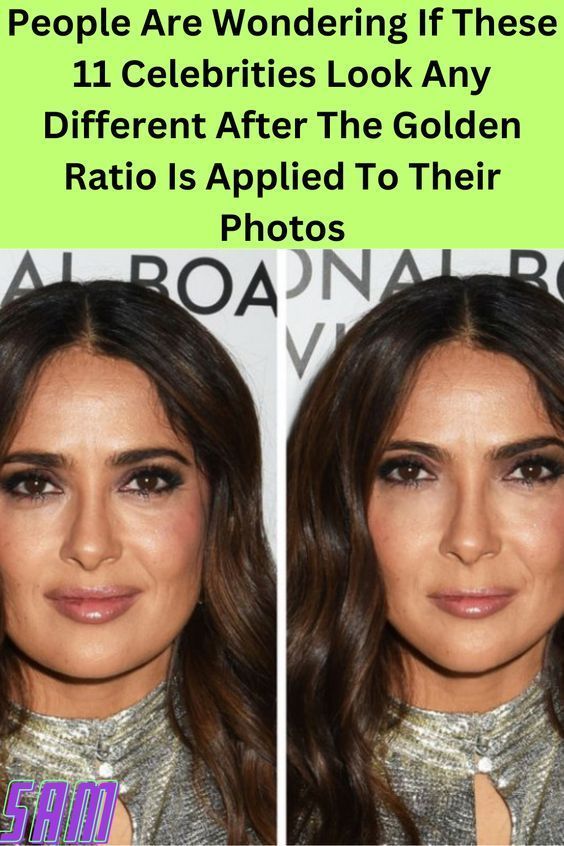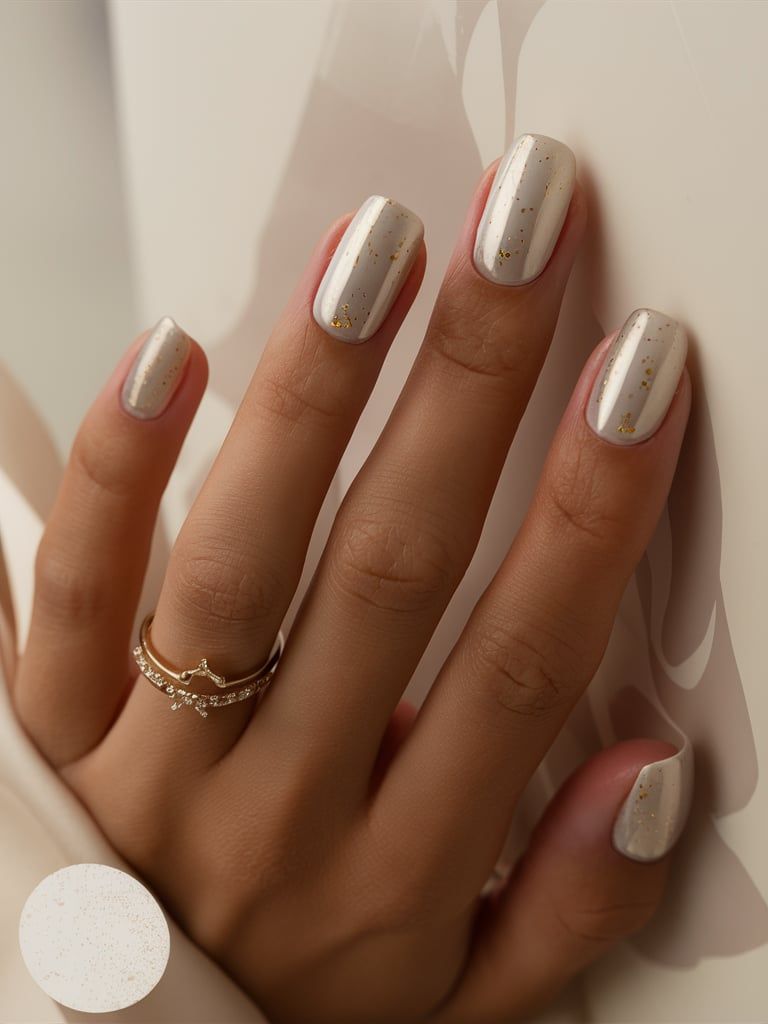The Golden Ratio in Nature
The golden ratio, also known as the divine proportion or Phi, is a mathematical ratio that can be found in nature, art, architecture, and even the human body. This ratio is approximately 1.618 and is often represented by the Greek letter φ. It is believed to have aesthetic appeal and is used in design to create visually pleasing compositions.
Examples of the Golden Ratio in Nature
One of the most well-known examples of the golden ratio in nature is the nautilus shell. The spiral shape of the shell follows the golden ratio, with each chamber increasing in size by a factor of Phi. This natural spiral can also be seen in the arrangement of leaves on a stem, the unfurling of a fern, and the shape of a hurricane.
– Nautilus shell
– Leaves on a stem
– Ferns
– Hurricanes
The Fibonacci Sequence
The golden ratio is closely related to the Fibonacci sequence, a series of numbers where each number is the sum of the two preceding ones (0, 1, 1, 2, 3, 5, 8, 13, 21, etc.). As you progress through the sequence, the ratio of each number to its predecessor approaches Phi. This sequence can be seen in flower petals, pinecones, and many other natural phenomena.
– Flower petals
– Pinecones
– Natural phenomena
Animal Kingdom
The golden ratio can also be observed in the animal kingdom. For example, the spiral patterns on a snail’s shell and the arrangement of scales on a pine cone are based on the golden ratio. Additionally, some animals exhibit proportions that adhere to Phi, such as the dimensions of a seahorse’s body or the spiral growth pattern of a ram’s horns.
– Snail’s shell
– Pine cone scales
– Seahorse’s body
– Ram’s horns
Human Body
The golden ratio is also believed to play a role in the aesthetics of the human body. Some researchers suggest that facial features that conform to the golden ratio are perceived as more attractive. For example, the distance between the eyes, the width of the mouth, and the proportion of the nose to the face are often said to follow this ratio.
– Facial features
– Distance between eyes
– Width of mouth
– Proportion of nose to face
Conclusion
In conclusion, the golden ratio can be seen everywhere in nature, from the spiral patterns of shells and plants to the proportions of animals and even the human body. This mathematical ratio is believed to have aesthetic appeal and is often used in design to create visually pleasing compositions. By studying the golden ratio in nature, we can gain a deeper understanding of the mathematical principles that govern the world around us.
You can review our digital products by following us on Etsy.





